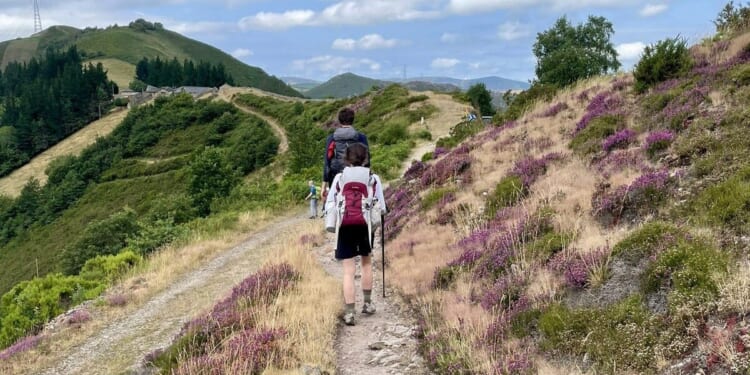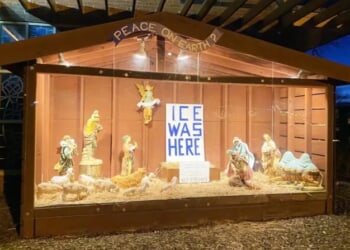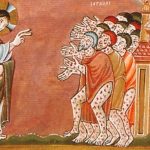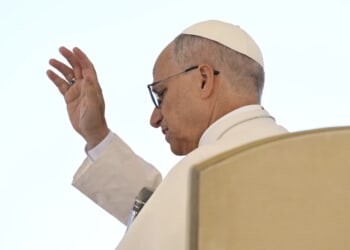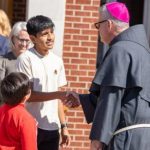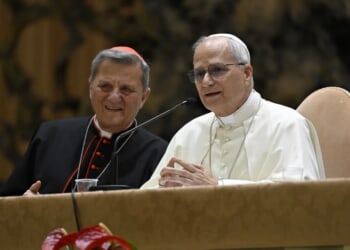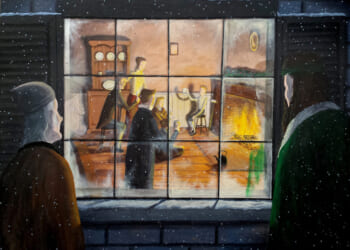This past summer, three young women—St. Thomas More Teaching Fellows—set out on a great adventure: to walk the Camino de Santiago in Spain.
Gracie Allen, going into her third year of teaching in Boston, Mary Mawby, and Shaela Pagnanelli, both entering their second years, traded in their clipboards and red pens for backpacks and hiking boots.
The Camino was not their original plan for the summer. But as the school year unfolded, and the dreary New England winter pressed down upon them, they looked to the “light beyond the horizon” and found the inspiration to take on the legendary Camino. And after the final school bell rang, off they went.
With little hiking experience, minimal training, and an abundance of trust, they set out for Spain. They chose the Camino Primitivo—the “Primitive Way,” not realizing that they’d selected the most challenging route of all, one that only 3% of pilgrims attempt. Most days, at least one of them would be thinking, “What on earth did we get ourselves into?”
Starting in Oviedo, they planned to walk 200 miles to Santiago, covering 12–18 miles a day, often ascending nearly 4,000 feet in altitude in a single stretch. Each morning, they arose at 5:30AM and hiked through farmland, rocky mountains, highways, forests, and villages. Every day brought its own joys and crosses, with the crosses, over time, often becoming channels of joy.
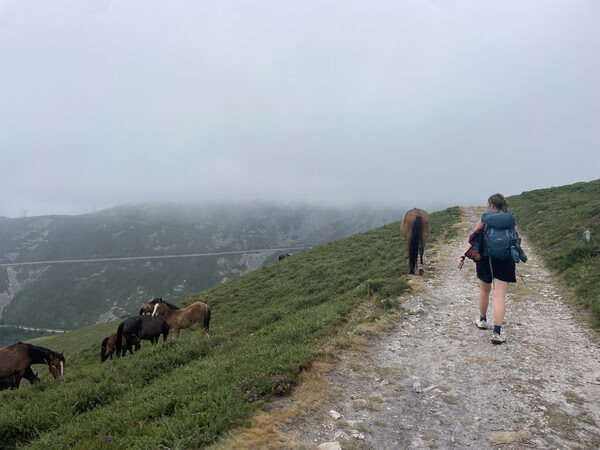
As the days passed, the pilgrim teachers’ first hours of walking usually felt less like the peaceful meditation they’d imagined and more like dragging their tortured bodies up the steep slopes of Calvary. Day after day, with blistered feet and aching backs from the weight of their packs, they pushed themselves—and each other—to their very limits, praying to St. James to simply help them reach the next ridge.
But over time, the physical focus gave way to something else, for what the Camino lacks in retreat-like qualities, it makes up for in relationships and evangelization. By God’s providence, Gracie, Mary, and Shaela fell in step with 15 fellow pilgrims from around the world—France, Italy, the Netherlands, Spain, Russia, Canada, and Australia.
To their surprise, they learned that the Boston teachers weren’t walking the Camino just for scenery or challenge, but as a pilgrimage of faith. They slept in the same crowded hostels (albergues) as their new friends, ate simple meals with them, shared stories, and invited them to Mass (a few came along).
They realized that their Camino had become an apostolate, and found themselves thinking less about their pains. Each day they were joyfully speaking the truth about their Catholic faith, always with charity, sharing their testimonies, and listening to the stories of their new friends. They were all pilgrims seeking fulfillment, and enlightenment, and they grew close.
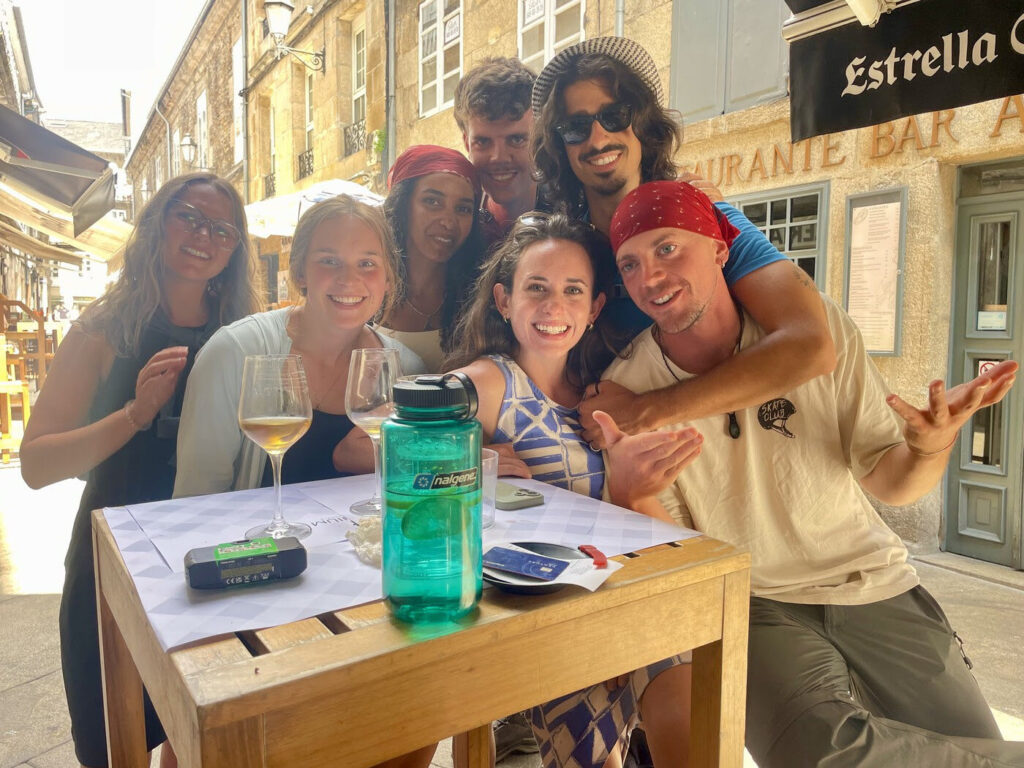
One night on the deck of their hostel, with snacks on the table, sidras in hand, and their traveling companions rolling their cigarettes, a lively conversation broke out between them and a Sicilian about just war theory and moral theology. Soon the conversation shifted to God’s forgiveness, sexual morality, the sacraments, suffering, attaining true happiness, and what it means to be made by Love, for love. The “Bostonites” spoke not as theologians but as women whose lives are sustained by Christ. To their amazement, their Camino friends hung on every word. Another Italian even spoke privately to them, “You might be my road to Damascus. I’m trying to understand this faith you have.” He wasn’t sure what to call this desire he felt, but he knew it was something real, something different, and he wanted it.
Moments like those taught our three teachers something simple and profound: if you speak truth with love and invite the Holy Spirit into the conversation, hearts will open.
They didn’t finish perfectly. A few days before Santiago, sickness and injury finally caught up with them—“dragon’s feet,” stomach flus, and tendons tight as guitar strings. With humility, they admitted their limits and took a bus into Santiago, where they reunited with their pilgrim friends, prayed at the tomb of St. James, and laid down the intentions of their families, friends, and students in Boston.
They saw the great botafumeiro swinging its clouds of incense through the storied, thousand-year-old cathedral that drew luminaries from St. Francis of Assisi and Queen Isabel of Aragon to Dante Alighieri, St. Brigit of Sweden, and Pope St. John Paul II, ate the best Galician food, and processed what the Lord had done.
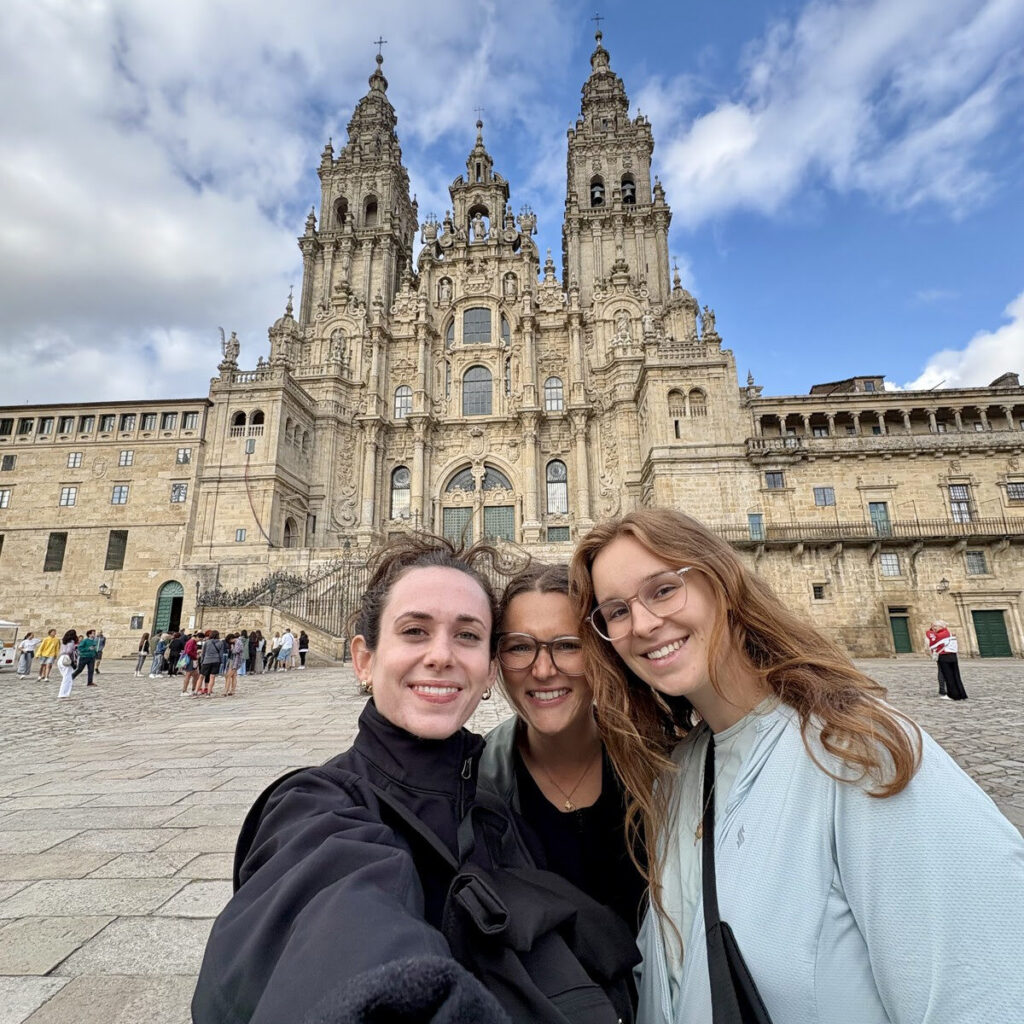
Mary’s line throughout the hardest climbs had been, “Float me up, Lord. Numb me out.” In the end, that prayer captured the Camino experience for them: surrender to God, trust Him to carry you when you can no longer walk yourself.
They arrived back in Boston with new eyes: grateful for American soil, bonded more deeply with St. James, and on fire to witness to Christ in their schools and classrooms.
“The Camino taught us a truth about life we couldn’t have learned otherwise,” they explained. “Keep it simple. Walk. Pray. Trust. Surrender. The more distractions fall away, the more room there is for God to be God.”
Photos provided by the Author

